Interview by SARA SCIALPI — Photos by IGOR TERMENÓN
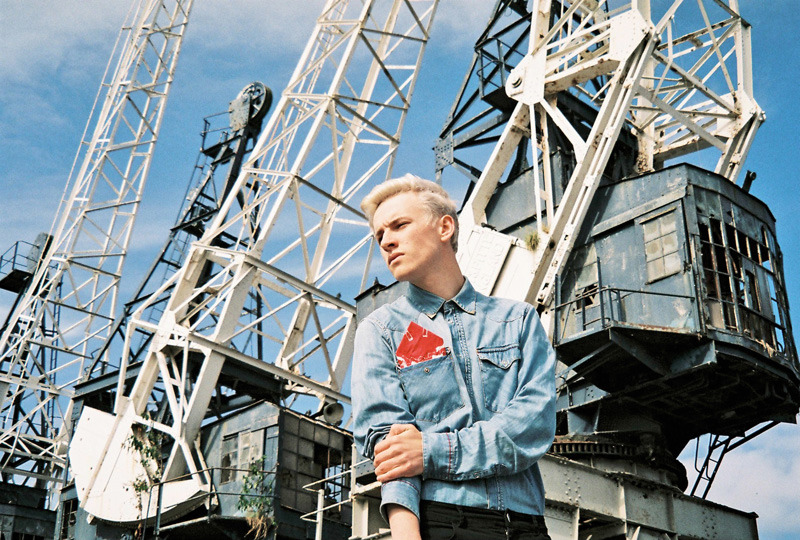
One day we will probably remember the twenty-tens as the years witnessing the most stubborn and overdue use of film cameras. But while for many grain just serves as a cool statement, Igor Termenón definitely belongs to that sentimental niche of photographers whose real bravery is turning analog hues into shades of feeling. When complimenting him on the contrasting moods his pictures irradiate – fresh but dense – he replies genuinely pleased and surprised with something along the lines of: ‘I hope other people get that too!’ Of course they do, Igor. Or else, they will.
SARA S. — How would you describe your photographic style in three words?
IGOR T. — Simple, relaxed and close… What I mean with ‘close’ is actually trying to look at the subjects (the models and also certain elements surrounding them in the environment) in some kind of intimate way. This helps me a lot to work on the general feeling of the picture.
SARA S. — Does film-grain help creating this raw feeling and contrasting softness surrounding the pictures? Are there any other ways through which you’re able to work on the mood?
IGOR T. — Yes, of course. That’s probably one of the main reasons why I work with film cameras, they allow me to get that characteristic mood in my work that I wouldn’t be able to get with digital. Although film helps to create that atmosphere, I think the way I see things through the view finder or maybe the way I tend to frame my subjects also affect this mood.
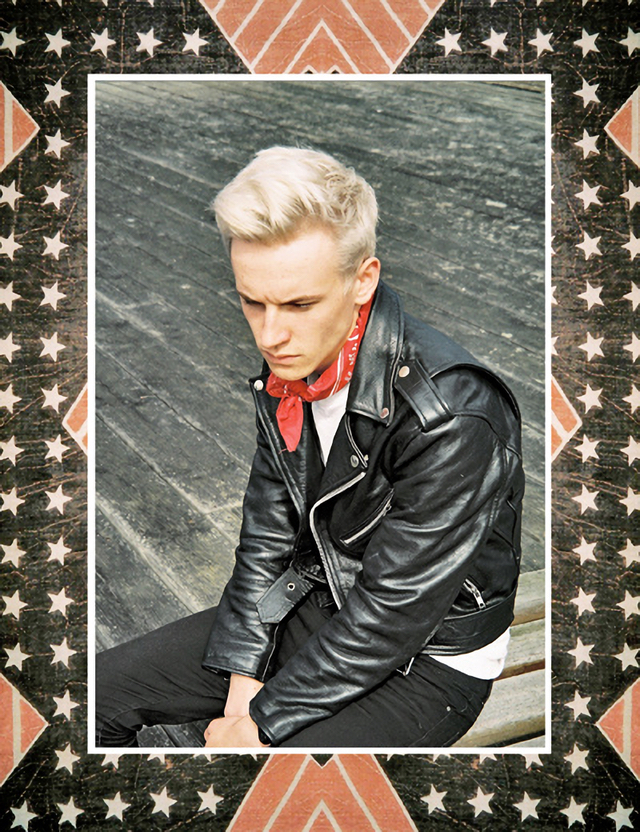
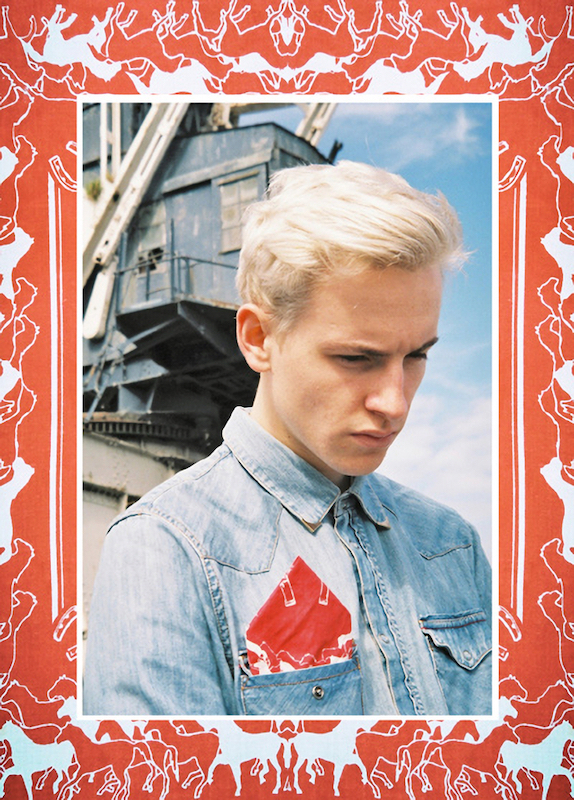
SARA S. — Your blog is organised in sections. Fashion, Music, Personal Works, Travelling Pictures. By numbers, you’re basically a fashion photographer. Is it indeed the prevailing photographic side in you?
IGOR T. — I usually say I’m a fashion photographer. Even though I’ve recently started to develop my personal work, I feel that ‘fashion photographer’ best describes what I am. When I started taking photos, the first thing I shot was fashion, so I think this has influenced the way I see things, and even if I’m shooting a normal portrait, it tends to have this kind of fashion element in it. Fashion is always fun to shoot, especially when you work with a great team and everyone is excited and committed to achieving something good! Some of my best memories include a fashion campaign that lasted for a whole weekend – I was shooting for around 12 hours each day, but I couldn’t be happier!
SARA S. — Now a simple one: indoors or outdoors? Most of your models seem kind of gloomy, there’s no hint of the typical alluring attitude. Almost like they’re looking around lost, trying to figure out where they are and why (I’m thinking about ‘Ragged Mountain’, ‘New Gold Dream’).
IGOR T. — I definitely prefer outdoors, I love shooting on location and I find it more inspiring than being constrained to four walls. I’m glad you noticed that ‘lost feeling’! It’s something planned – I like people to look at some of my editorials and wonder what model is doing there or why he/she seems lost. I think that sometimes the location of my shoots and everything that surrounds the model is actually more important than the model. I like to give importance to the location, whether it is a brutalist building or a mountain, and maybe that’s why my models tend to look lost.
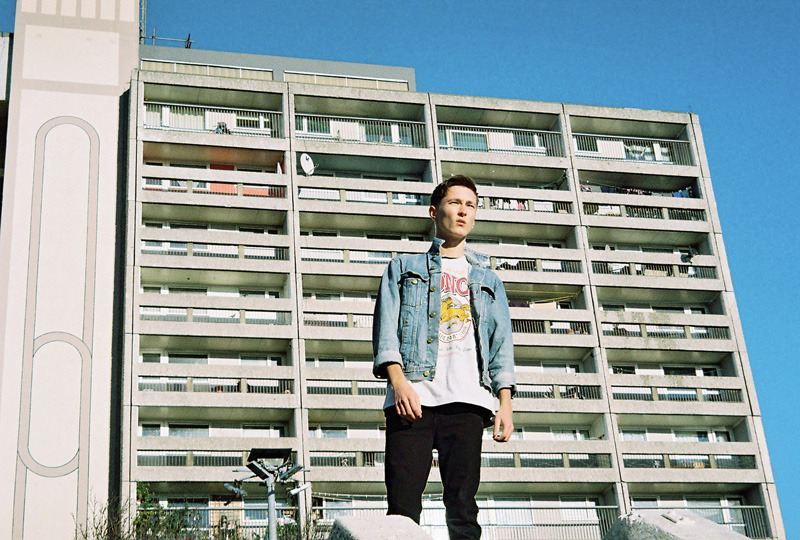
SARA S. — You’re from Ponferrada, Spain, but now you live in Edinburgh. Did this change influenced your take on photography? I also noticed you created a zine exclusively about the places where you have lived. Can we spot a hint of melancholy there, or is it just plain and personal photojournalism?
IGOR T. — I’ve been living in the UK for a while now, and this has played an important role in the development of my photography style. When I was living in Glasgow, I fell in love with these massive concrete buildings that people used to define as ugly. They became an essential part of my work and style, along with the typical British suburban landscape. If I had stayed in Spain, I’m not sure if I would have been able to develop my work as much as I wanted.
The zine and photo series ‘I Used To Live Here’ documented all the places I lived in from 2009 until 2012. During that time, I felt that I really didn’t know what to call home, I was moving from one place to another without really knowing where I was going to end up. With that series, I wanted to document all these places and also the people I met throughout these years – the photographs are random memories that might not make much sense to the viewer but they all have some special meaning to me.
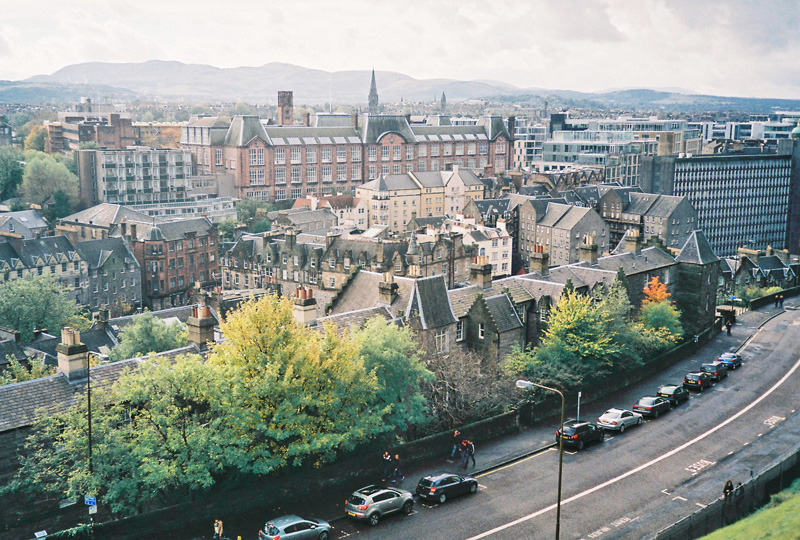
SARA S. — Are there any artists who had defining weight on your photographic growth? Do you think you’ve reached a static stylistic level, or would you rather say that you’re ready to shift to another photographic vision, let’s say, tomorrow?
IGOR T. — I love the work of fashion photographers like Tim Barber, Cass Bird and Venetia Scott. I always use them as a reference, but I don’t think my work is similar to theirs, although I wish it was! I think it is important to evolve but always keeping some kind of characteristic element that identifies your work. My photos have changed a lot since I shot my first editorials 5 or 6 years ago, there’s always a natural progression and when you try to do the same thing again and again it gets boring. It is important to experiment and try different things, but always keeping your vision at the same time.
SARA S. — So what would you say it’s the core of your point of view?
IGOR T. — [laughs] That’s a tough one. We’ve already spoken about the way my models look, I’d say that’s peculiar. That’s probably due to how I interact with them during the shootings, and of course to how I direct them, which is something I never change. I’d also add the choice of locations to this ‘characteristic elements’ list. For example, there are certain elements that are present in a few of my fashion editorials, like fences, or bushes, and they are of great help in the process of framing the subject and defining the vision I want to share.
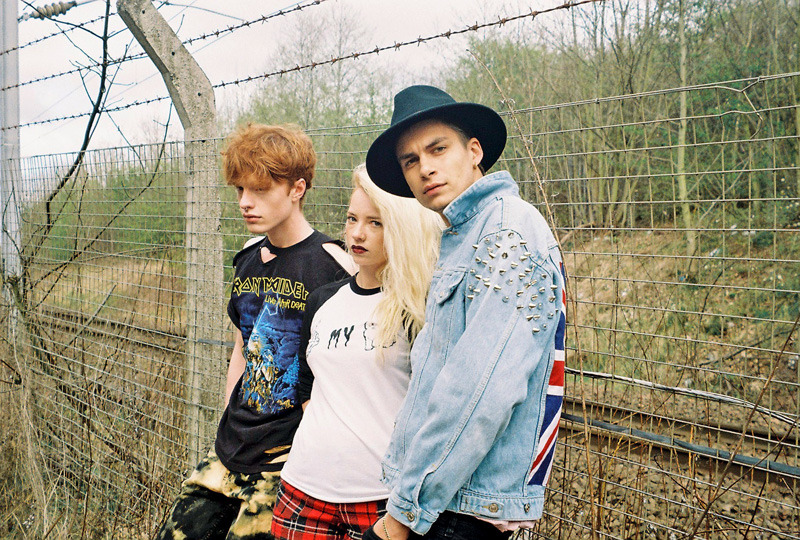
SARA S. — How were the ideas behind ‘Boys on Film’ and ‘Girls on Film’ born? Would you say that their success lies in the direct simplicity of the projects?
IGOR T. — Since I started taking photos, I had always been interested in the editorial side of photography and selecting other people’s work. Girls and Boys on Film was a direct response to this and also an experiment. When I started the first issue, I contacted some people through Facebook without really knowing what was going to happen and if it was going to work. As you say, I think it is the simplicity of the idea that has made the project quite successful. I didn’t notice this until several people who wrote about Girls and Boys on Film talked about this simplicity, so I guess this has been a key aspect. I knew that I wanted to do something not overcomplicated, just focusing on photography and where the important part were the photos and photographers featured in the zines.
SARA S. — Do you plan on starting new projects, perhaps similar to Girls and Boys on Film?
IGOR T. — In a way, yeah. I’m part of a new project called Future Positive. It’s a website where we showcase the work of creative and entrepreneurial individuals via short documentaries, photo essays and interviews. We’re only two right now, Jakub Michalski and me. Jakub is the founder and is also in charge of the videos and interviews. I’m the Managing Editor, in charge of looking for new people to be featured. I also take the photos for the projects. The project is currently quite local, we’ve featured a couple of projects from Edinburgh but we want to start building a network of collaborators and feature projects from different places outside Scotland.
igortermenon.com
instagram.com/igortermenon
April 2013